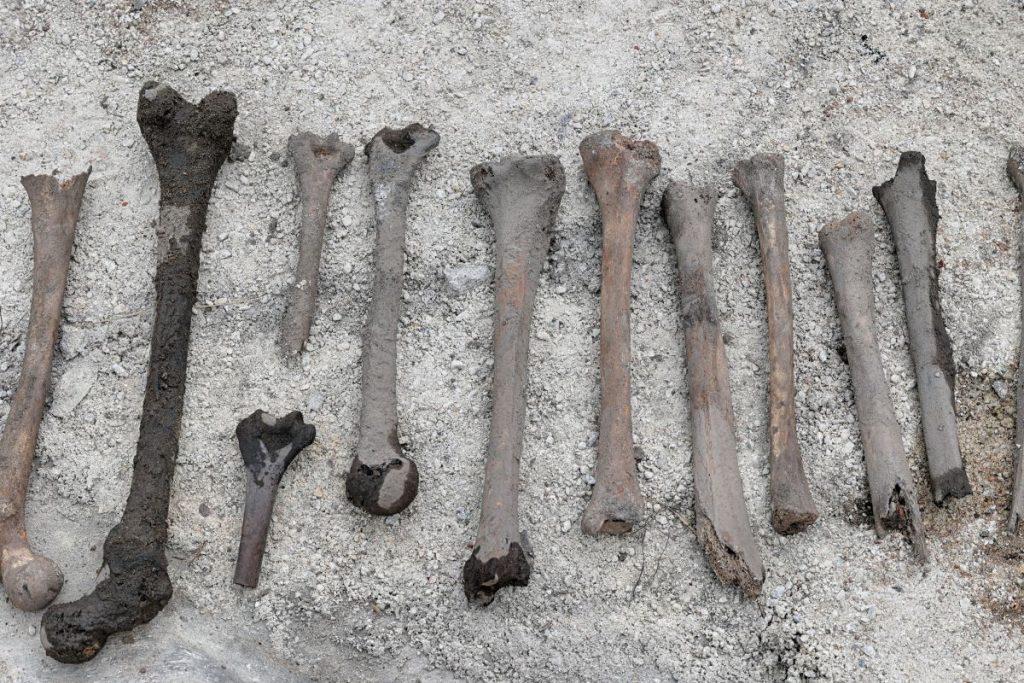A groundbreaking discovery in Poland suggests that humans practiced cannibalism.
Others are reading now
Scientists have unearthed compelling evidence of prehistoric cannibalism in Maszycha Cave, Poland.
An international team of researchers made the discovery, revealing that humans from the Magdalenian era consumed their own kind nearly 18,000 years ago. This new evidence challenges previous assumptions about burial customs and survival strategies during the Last Ice Age.
The research, published in Scientific Reports, was made possible by advanced 3D microscopy techniques, which allowed scientists to closely examine 63 bone fragments recovered from the cave. These bones, including skulls and long bones, showed clear signs of butchery, such as cut marks, fractures, and evidence of muscle and marrow extraction.
“The location and frequency of cut marks and deliberate breaking of the skeleton clearly indicate the nutritional exploitation of the bodies, ruling out the hypothesis of a burial procedure without consumption,” said Francesc Marginedas, lead author of the study, to WP Tech.
Also read
Why Did Prehistoric Humans Resort to Cannibalism?
Co-author Palmira Saladié suggests that cannibalism among Magdalenian people may have had multiple causes, including survival, ritual practices, or intergroup violence.
“Cannibalism is a behavior documented in various periods of human evolution. In a prehistoric context, it may have been a response to survival needs, ritual practices, or even the dynamics of intergroup violence,” Saladié explained.
One theory suggests that population expansion following the Last Glacial Maximum led to increased competition for resources, potentially triggering conflict-driven cannibalism. Another possibility is that consuming the dead, whether relatives or enemies, was part of ritualistic traditions among Ice Age hunter-gatherers.
The Maszycha Cave discovery marks one of only five known sites in Europe with evidence of Magdalenian-era cannibalism.
The findings suggest that human consumption was not an isolated event but rather an embedded part of their culture.


